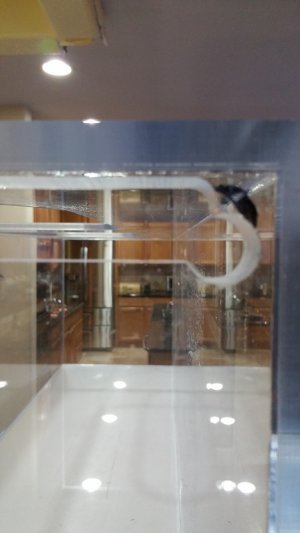Floyd R Turbo
Either busy or sleeping
Nice Floyd, what are the dimensions on the BA overflow boxes? Also, What kind of a bulkhead fitting do you use to mount these up? Do you just add an extra rubber washer in between?
That one is 48" long and 2" front to back (inner dim) and about 7.8" tall.
The ext box is about 18" long, 4.5" front-back and 8.5" tall
It's held on with 2" slip x slip bulkheads and the gaskets go on either side of the glass with the flange side in the external box, nut inside the inner box.
I have another on deck next that is 60" long, and another duplicate of the one above for a tank in my basement that I've been meaning to drill & set up for a friend.
Floyd what is your tricks for making the teeth so nice.
CNC
I also have a template I made by hand, the template took time to make but very little time to utilize.



